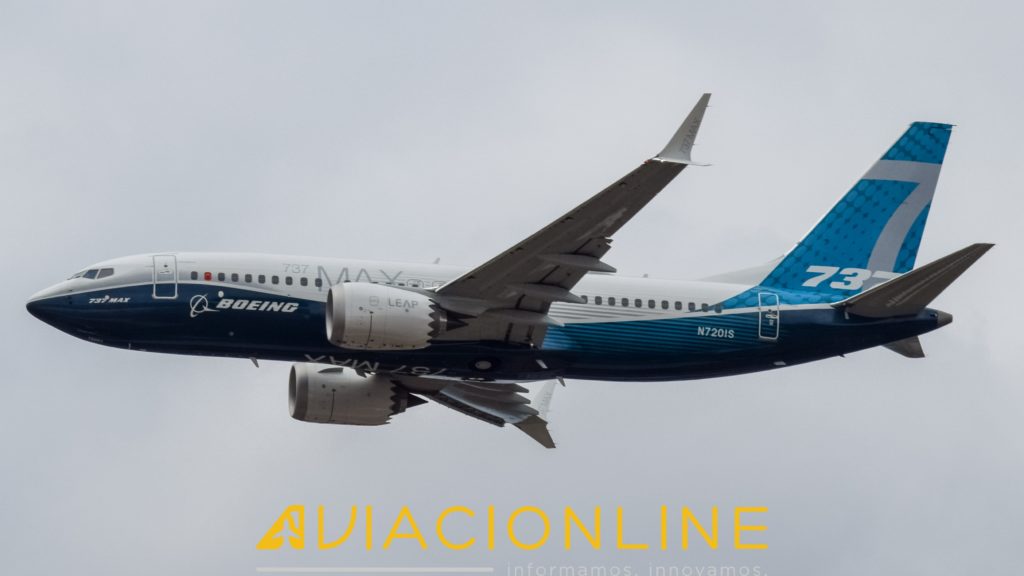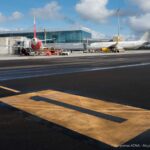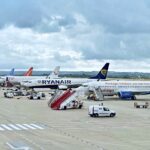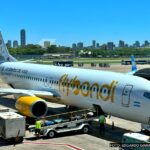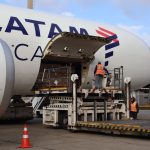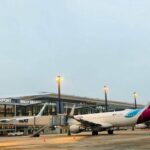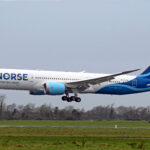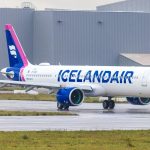Today, the Federal Aviation Administration (FAA) of the United States completed the recertification of the Boeing 737 MAX, thus ending with 616 days of grounding, starting March 13, 2019.
b737_rev_17On March 10, 2019, Ethiopian ET 302, operated by the 737 MAX 8 registration ET-AVJ, crashed shortly after taking off from Addis Ababa for Nairobi, Kenya. The 157 occupants of the plane (149 passengers and 8 crew members) died in the impact. Almost immediately, the Chinese aeronautical authority suspended the operations of the model.
This decision was followed by several aeronautical authorities around the world: Indonesia that same Monday 11, and then Australia, Europe and the United Arab Emirates on 12; Canada, Brazil, Chile, and the United States on 13 and the rest of the world in the days that followed.
In the case of Argentina, the pilots union issued a mandate to its members not to operate the model – present in Aerolineas Argentinas’ fleet – on March 11, and the official grounding of the national aeronautical authority -ANAC- was issued on Saturday 16.
The intervention of Aireon, a satellite flight tracking system, was key to identifying that ET 302 flight parameters had significant similarities to the first MAX accident, Lion Air’s flight 610, that occurred in November 2018. Faced with the evidence, the FAA had no choice but to order the grounding of the variant.
What followed was a process of review and recertification that revealed an overwhelming series of shortcomings and negligence shared between the manufacturer and the FAA, which delegated to the former the duty of supervision that it had to maintain during the path of obtaining the amended certificate of the MAX as a variant of the 737.
The position of the LEAP engines, closer to the fuselage compared to 737 NG, modified MAX’s aerodynamic behavior and the manufacturer chose to incorporate an automatic correction system for the differential behavior of the aircraft: the Maneuvering Characteristics Augmentation Software, or MCAS. MCAS information was not included in the MAX operating manuals.
This software allowed the transition of crews to the MAX from the 737 NG to be reduced to a series of courses and minor flight checks, rather than more in-depth training of the new flight envelope.
This transparent transition allowed the MAX to remain competitive in relation to the Airbus A320neo, allowing A320ceo operators to obtain the type rating of the new aircraft with relative ease.
From the investigation after the accidents, and with the various discoveries about the MAX certification process, it was concluded that the MCAS did not have redundancy in the collection of information from which it intervened (it only took data from the angle of attack sensor -AoA- on the captain’s side) and when it intervened it did so in an invasive way, putting the crew in a situation that, under certain flight parameters and training or preparation, required an extremely complex human response, with no margin for doubts, fear or confusion: conditions hard to meet to any crew, regardless of training and experience.
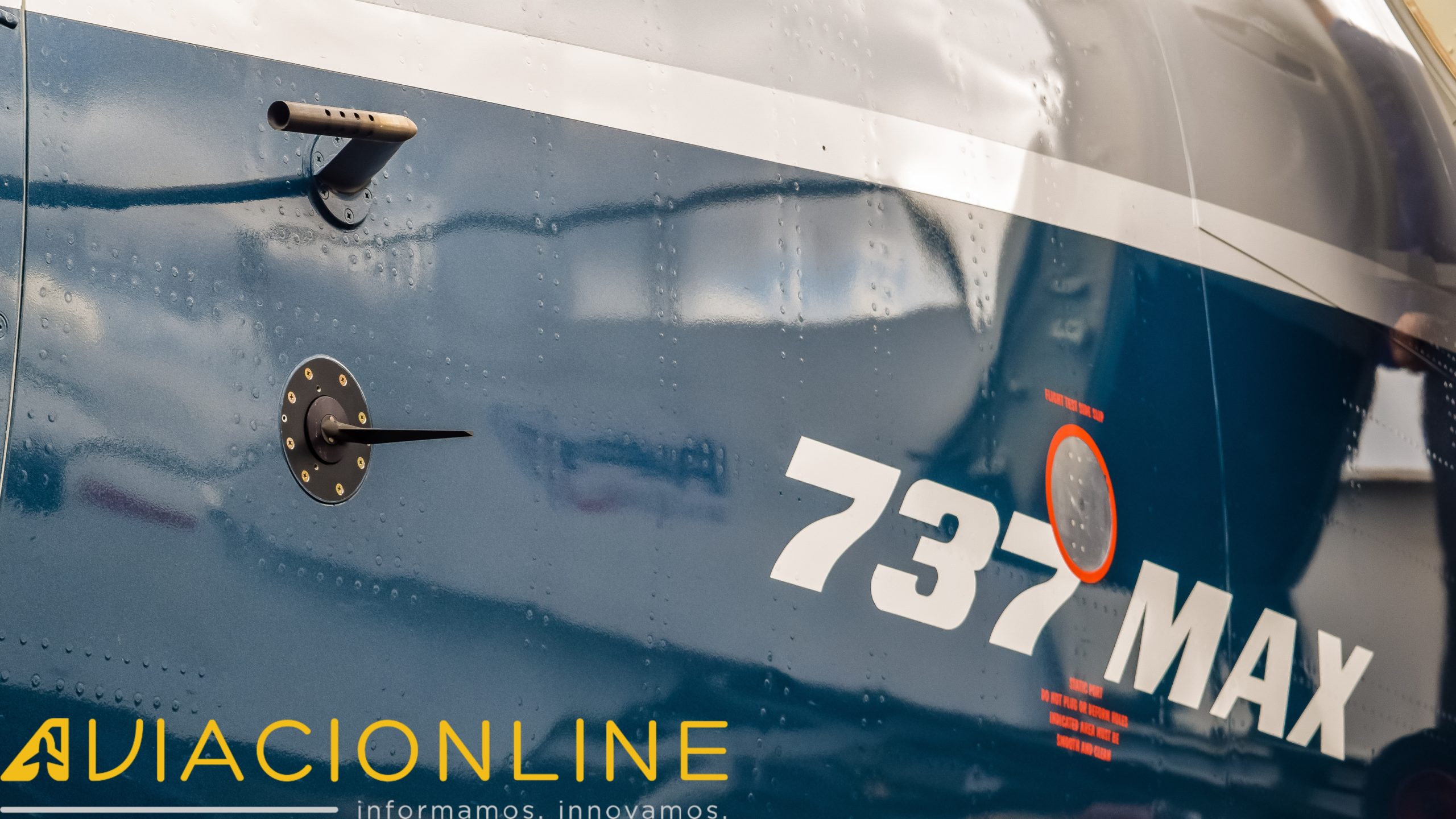
The modifications that lead to the model to be recertified include a modification in the MCAS logic so that its intervention is less authoritative, the redundancy of data collection from the two AoA sensors, the presentation on the screen of a warning -optional before the accident, now standard- if the data obtained by the two sensors differ from each other (AoA Disagree), the incorporation of an additional means of obtaining flight data (Synthetic Airspeed) to give robustness to MCAS decision making and additional training to crews.
n8900_570One of the bottlenecks of the return to service will be precisely the retraining of pilots, since the development of flight simulators FFS (Full Flight Simulator) of 737 MAX has been scarce, based on the main selling point of the variant: the low need for them and the utilization of the installed capacities of the 737 NG operators.
n8900_569
